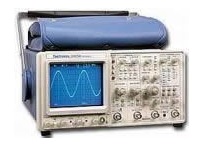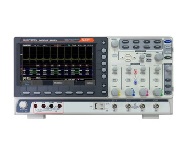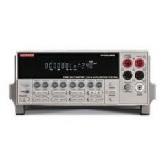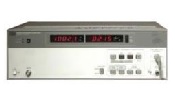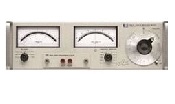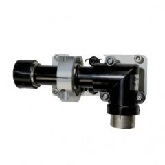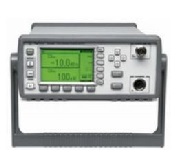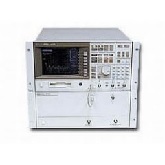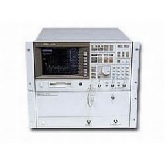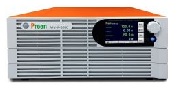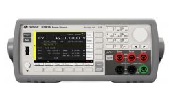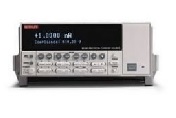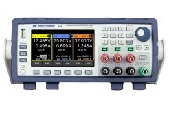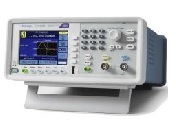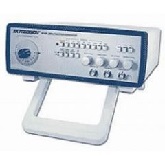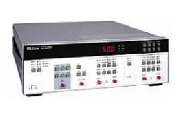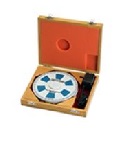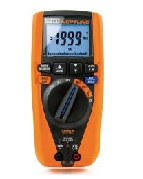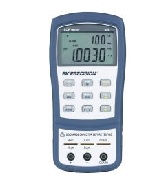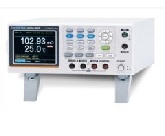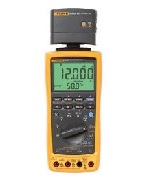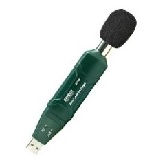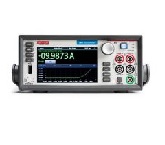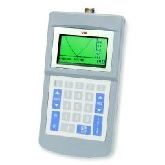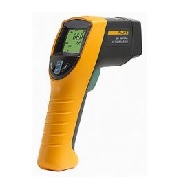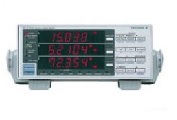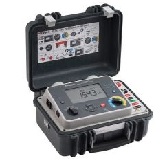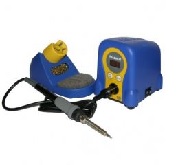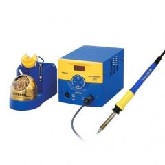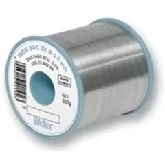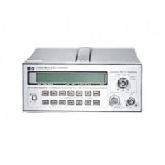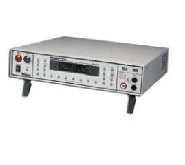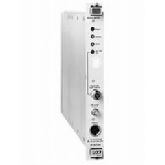Additional Features:
- Bandwidth: 1 GHz
- 4 Channels
- Sample Rate: 4GS/s
- Record Length: 50 kPts
- 1% Vertical Accuracy
- 8-Bit Vertical Resolution, over 11-Bits with Averaging, and Over 13-Bits with Hi-res
- 1 ns Peak Detect
- 1 mV to 10 V/div Sensitivity
- Up to 1 GHz Differential Measurements
- Channel Deskew
- Floppy Disk Storage
- Iomega Zip™ Drive Compatible
- Advanced Triggering
- 29 Automatic Measurements and Measurement Statistics
- FFT and Advanced Math
- Histograms on DPO and Normal Waveform Acquisitions
- Histogram Statistics
- Limit Test and FastFrame™ Time Stamp
- Communication Signal Analysis Including Mask Testing and SONET/SDH and Fibre Channel Optical Reference Receivers
- Full GPIB Programmability
- CE Marking
The TDS 500D oscilloscopes are the first in the TDS family of Digital Phosphor Oscilloscopes (DPOs) designed to keep pace with current and evolving needs in advanced electronic design and debug. DPOs deliver a new level of insight that makes dealing with complex signals elementary – a new level of insight that must be seen to be believed.
DPOs capture, store, display, and analyze, in real-time, three dimensions of signal information: amplitude, time, and distribution of amplitude over time. The benefit of this new third dimension of information is an interpretation of the signal dynamics, including instantaneous changes and the frequency of occurrence displayed in the form of quantitative intensity information.
Easy to Learn and Easy to Use
Extensive user interface design has made the TDS family of products truly intuitive to operate. Each family member shares a familiar front panel layout with dedicated vertical, horizontal, and trigger controls. A graphical user interface with over 200 icons helps facilitate understanding and use of the advanced features. A color monitor helps rapidly distinguish between multiple waveforms and measurements. On-line help provides a convenient built-in reference manual.
High Fidelity Signal Acquisition
The high waveform capture rate of the TDS 500D/700D DPO series, together with its high bandwidth and sample rate, delivers instantaneous signal feedback to show the true signals that other scopes may be missing. The DPO acquisition acquires up to 1000 times more data than typical DSOs, allowing the capture of complex signals, reducing debugging times from hours to seconds.
Channels can be transparently combined to achieve higher sample rates and longer record lengths. The record length can be optionally increased to 8M points, providing a high-resolution representation of the signal over a long period of time.
All of the TDS products provide wide dynamic range, flat response, fast overdrive recovery, calibrated DC offset, 1 mV/div sensitivity, 1 ns peak detect, and internal calibration.
Powerful and Flexible Triggering
In addition to basic triggering such as edge and pulse-width, these Digtial Phosphor Oscilloscopes have several trigger modes tailored for specific design and debug applications. Logic and pulse triggers, including setup/hold, glitch, slew rate, and timeout triggers, capture hard-to-catch digital design problems. The optional video trigger provides line and field selection for NTSC, PAL, and HDTV standards. The optional communications trigger capability addresses needs to acquire a wide variety of AMI, CMI, NRZ, and Ethernet communication signals.
Digital Phosphor Oscilloscopes provide three dimensions of signal information including amplitude, time, and the distribution of amplitude over time; in the form of quantitative intensity information. The resulting information-rich display enables the user’s eye to integrate the subtle patterns and variations of actual signal behavior.
Color –Grading displays historical information that has been acquired over time. This is especially powerful when used in DPO operation, where the colors show relatively how often random events occur.
Automatic Measurements eliminate the need for manually measuring the waveform against the graticule or with cursors. Measurement gating, (gating not available for DPO operation) allows the user to select a specific part of the live waveform for measurement.
Measurement statistics (min, max, mean, and standard deviation), give additional information about the variations in the measurements over time (for example, worst case excursions), increasing the confidence in the quality of the measurements.
Waveform Histograms allow the examination of the statistical nature of the signal. Horizontal histograms, which are useful for evaluating signal jitter, sample the waveform within a specified region, sort the values into time bins, and plot the accumulated bin values versus time. Vertical histograms, which are useful for evaluating signal noise, sample the waveform within a specified region, sort the values into amplitude bins, and plot the accumulated bin values versus amplitude.
For histograms of DPO acquisitions (both live and stored), the specified region can be repositioned and will update to reflect the underlying 3 dimensional data base (32 bits in shallow mode, 64 bits in deep mode).
Communication MaskTesting (available as an option) allows mask compliance testing of a wide variety of communication signals to industry standards. Specialized measurement accessories, unique trigger modes, built-in optical reference receiver filters, mask autoset, and mask violation counting make these measurements easily and repeatably.
The image is a representation of selection. See specifications for product details.
| Manufacturer | Tektronix |
|---|---|
| Condition | Used |
| Channels | 4 |
| Frequency | 1 GHz |
| Record Length | 50 kPts |
| Sampling Rate | 4 GS/s |


